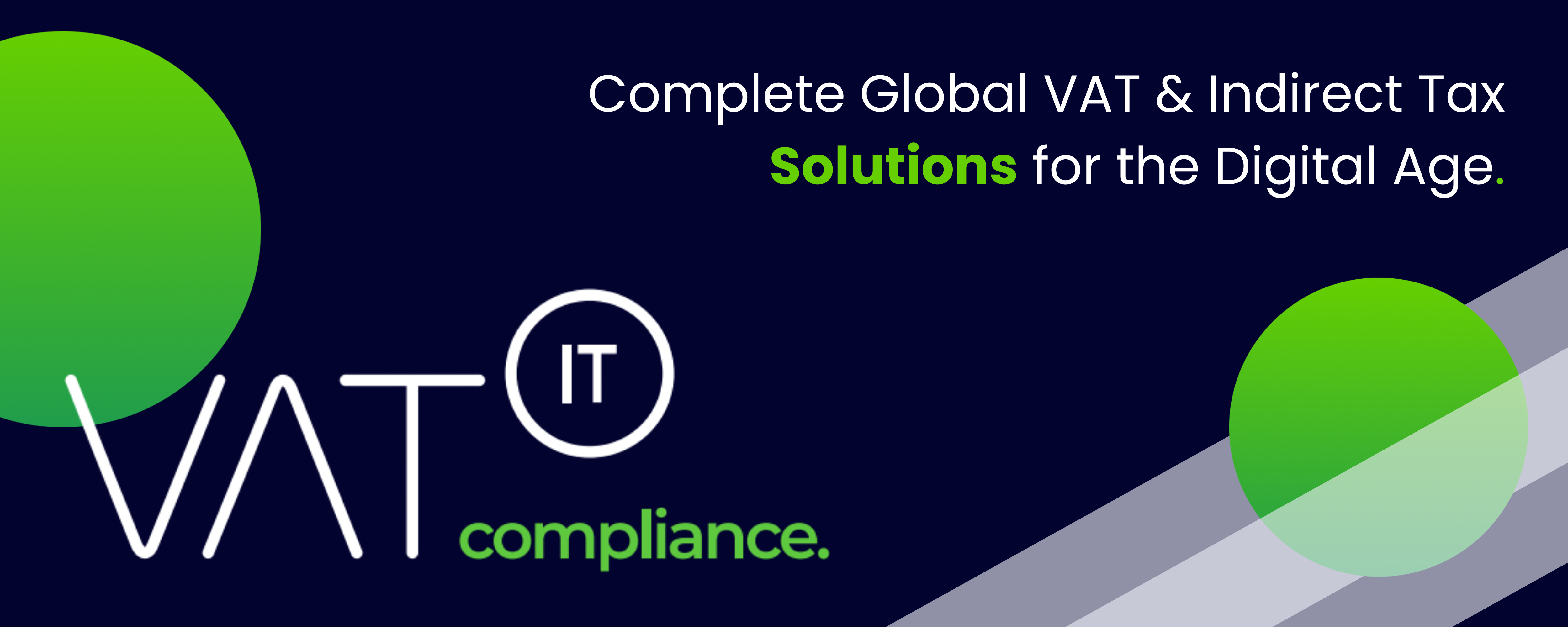VAT gaps can generally be found in countries that collect indirect taxes. This hiatus has led many tax administrations to implement Continuous Transaction Controls (CTCs), through which transactional and accounting data are monitored in real-time or near real-time. However, even countries with sophisticated CTCs may encounter fraud involving missing traders and non-existent supplies. This creates holes in the VAT collection chain leading to significant shortfalls. Although taxpayers are used to validating incoming e-invoices and e-signatures, many governments have introduced additional validation requirements to tackle the loss of revenue.
Source: SOVOS
Latest Posts in "World"
- VAT Report Guide: Understanding the Nine-Box Financial Document for Business Compliance
- What is a Standard Audit File for Tax (SAF-T)? A Global Compliance Overview
- E–invoicing Developments Tracker
- How to map self-billing fields into UBL/CII for Peppol
- E-Invoicing Exchange Summit Singapore 2025 (Nov 24-26, 2025)















